Marubi Museum
Museum of Photography in Shkodër. Founded in 1856 by Pietro Marubbi, an Italian painter and photographer who came and settled in Shkodër at the time. At the center of the museum project is the legacy of the “Photo-Studio Marubbi”
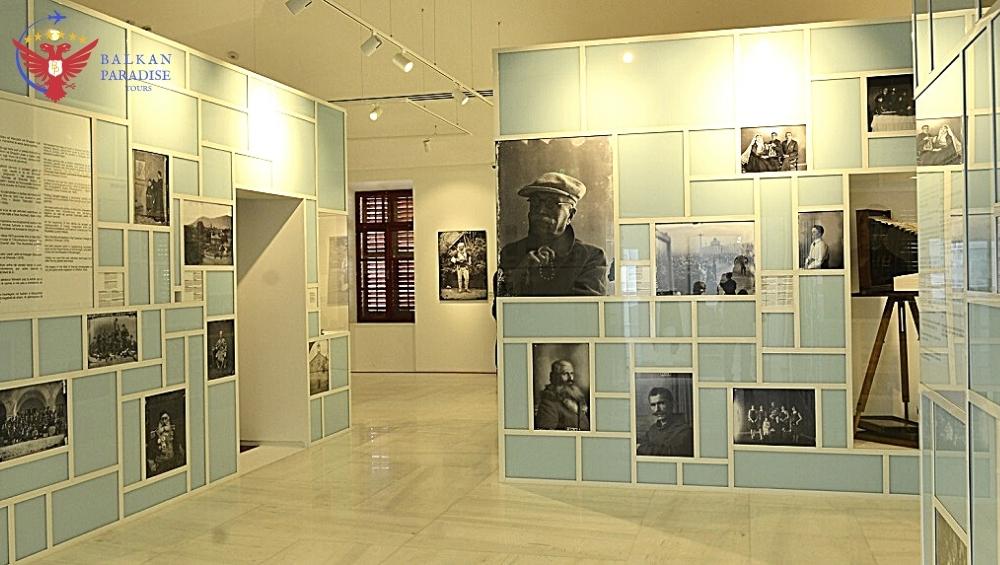
Museum of Photography in Shkodër. Founded in 1856 by Pietro Marubbi, an Italian painter and photographer who came and settled in Shkodër at the time. At the center of the museum project is the legacy of the “Photo-Studio Marubbi”
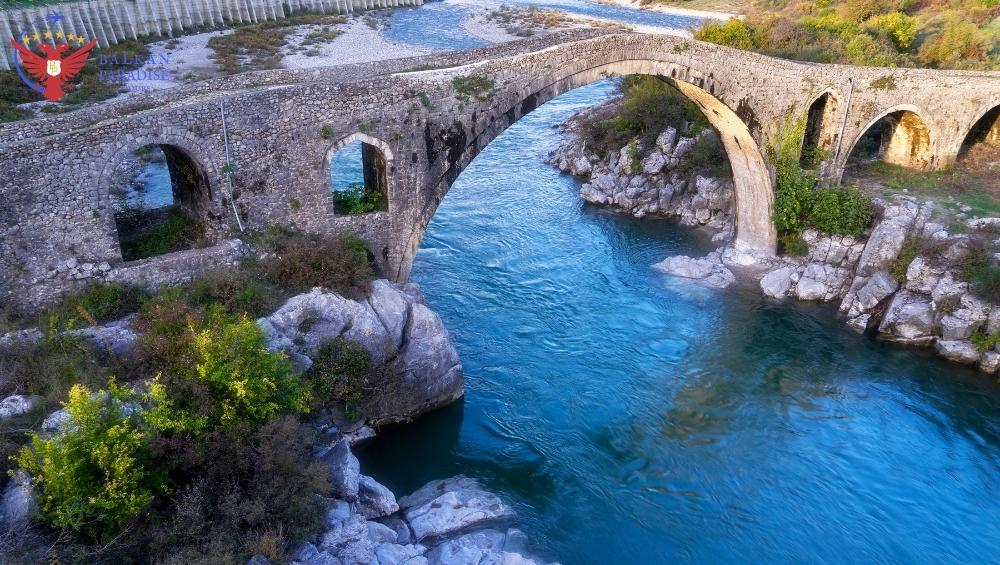
One of the longest examples of an Ottoman bridge in the region, in the village of Mes, 108m long, 3.4 meters wide, and 12.5 meters high with 13 arches. . It was built in the 18th century, by the local Ottoman pasha. The purpose was to connect the city of Shkodër with the city of Drisht and other. cities of the northern side. For foreigners the architecture of the bridge is interesting with round slick stones and stone plates. The surrounding panorama gives the bridge an even more picturesque view.
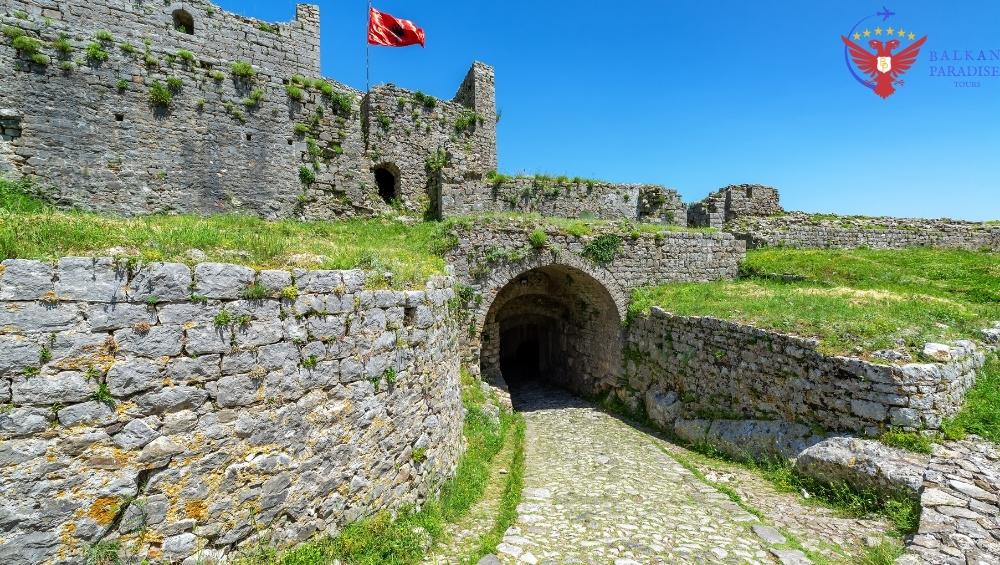
Located 3.5 km south of Shkodër. With spectacular views over the city and Lake Shkodër, the Rozafa Fortress is the most impressive sight in town. Founded by the Illyrians. The castle takes its name from a woman who was walled into the ramparts as an offering to the gods so that the construction would stand. The castle has three major courtyards. At first the fortified 15th-century main entrance, then the courtyard, where the 4th-century tract of the Illyrian wall, the oldest structure in the castle grounds, is found. Along the first courtyard, there are the medieval ruins of cisterns, the towers of the Balshaj, and the former Venetian residences. In the second courtyard are the ruins of the church of Saint Stephen, which today is a mosque.
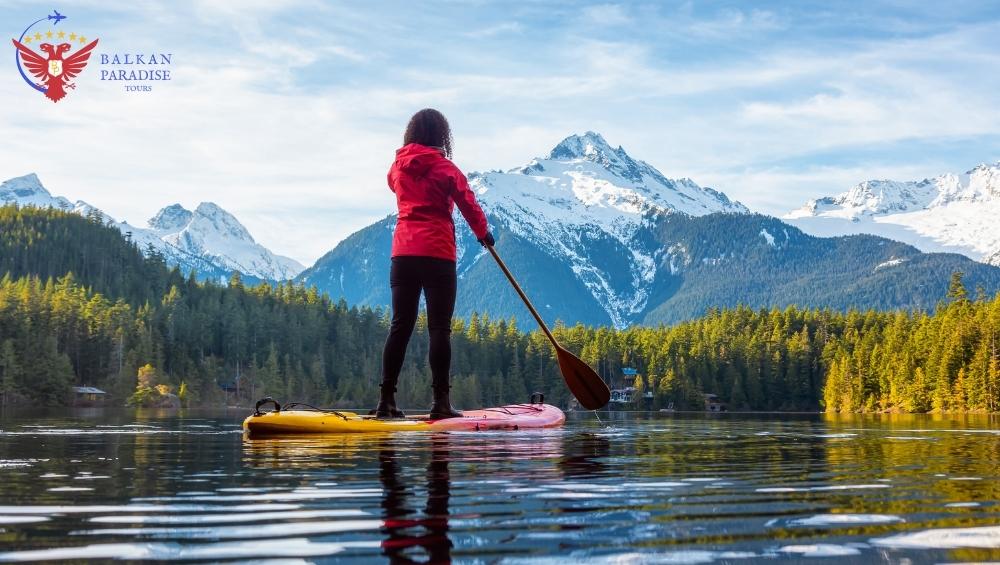
The largest lake in the Balkans, on the borders between Montenegro and Albania. Its area is 150 square miles. Six rivers flow into the lake, the main river is the Morača. The Bojana River flows out at the lake’s southern end to the Adriatic Sea. Around the lakeshore are many small villages that are noted for their old monasteries and fortresses. The Albanian town of Shkodër is at the southern end of the lake
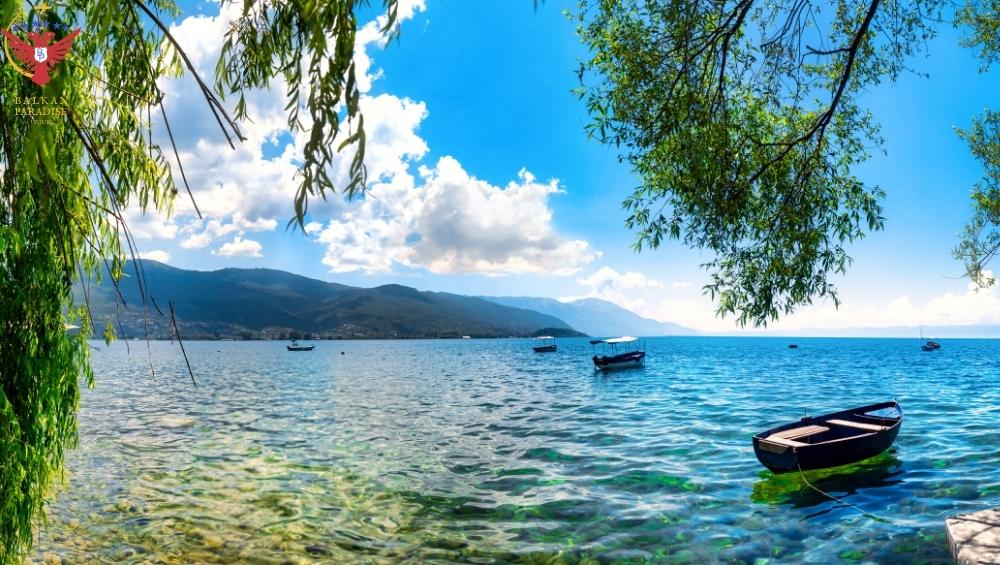
The lake straddles the mountainous border between southwest of North Macedonia and east of Albania. It is one of the deepest and oldest lakes in Europe, with a unique aquatic ecosystem of global significance, with over 200 endemic species. The Lake region has the most ancient Slavonic monastery and the first Slavonic University in the Balkans – the Ohrid literary school that has spread writing, education and culture throughout the old Slavonic world.

A village in the municipality of Pogradec. As the village is surrounded by the lake, so you will enjoy the nice view everywhere you step a foot inside the village.
It is proved that life has started in Lin in the first period of the Iron Age by the Mosaics which are located on the hill.
The Paleo-Christian basilica of Lin represents one of the most important monuments of Albania. The structure is decorated with multicolored mosaics with floral, geometric motifs and Eucharistic scenes, typical of the Paleo-Christian period.
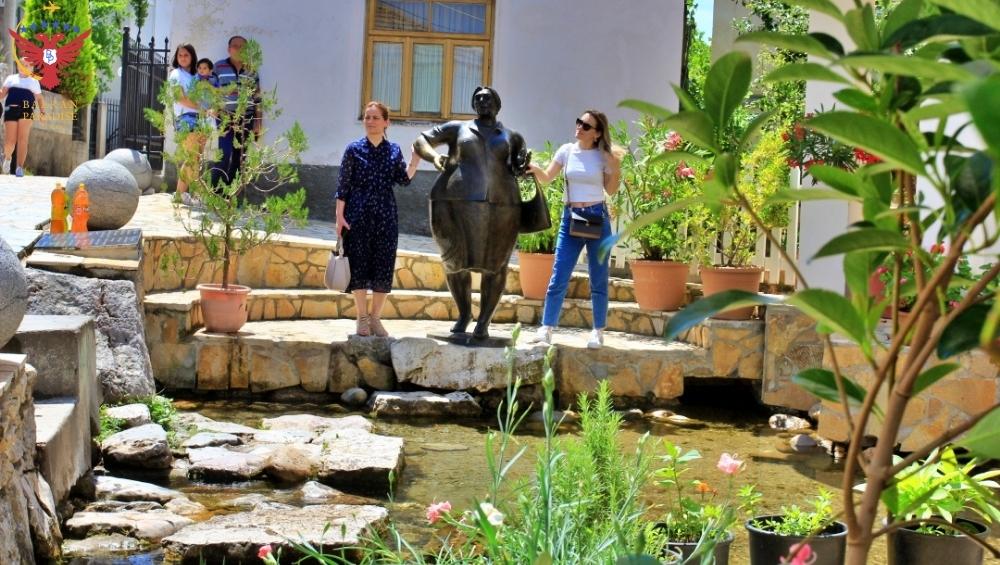
A settlement in the Korçë County, in southeastern Albania, located on the shores of Lake Ohrid. The village is very close to the border with Republic of North Macedonia. The village is wellknown for the untouched nature and the pure water also its special fish dishes.
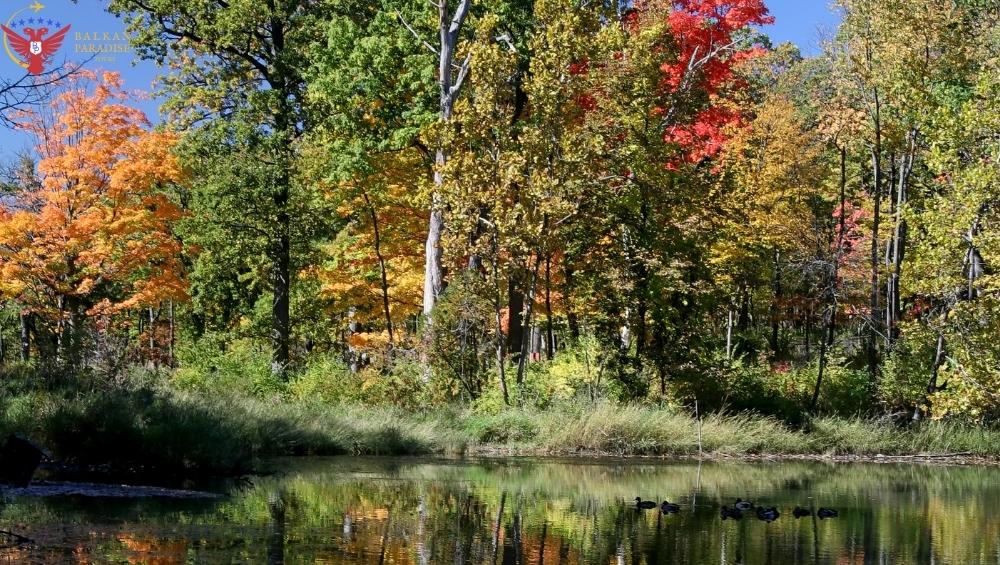
A paradise for those who want to forget about the bustle of the city. Drilon is one of the best national parks in Albania. It is located among the snow-capped mountains on the shores of Lake Ohrid – the deepest in Europe. In 1980, it was included in UNESCO World Heritage Site. Only in pure water of this lake is found unique Ahrydskaga trout or, in the local, “pastrimka.” You can catch by yourself, or visit one of the many restaurants located on the shores of Ohrid – Selection of fish dishes they have huge. The national park has underground sources of fresh water, which have healing powers.
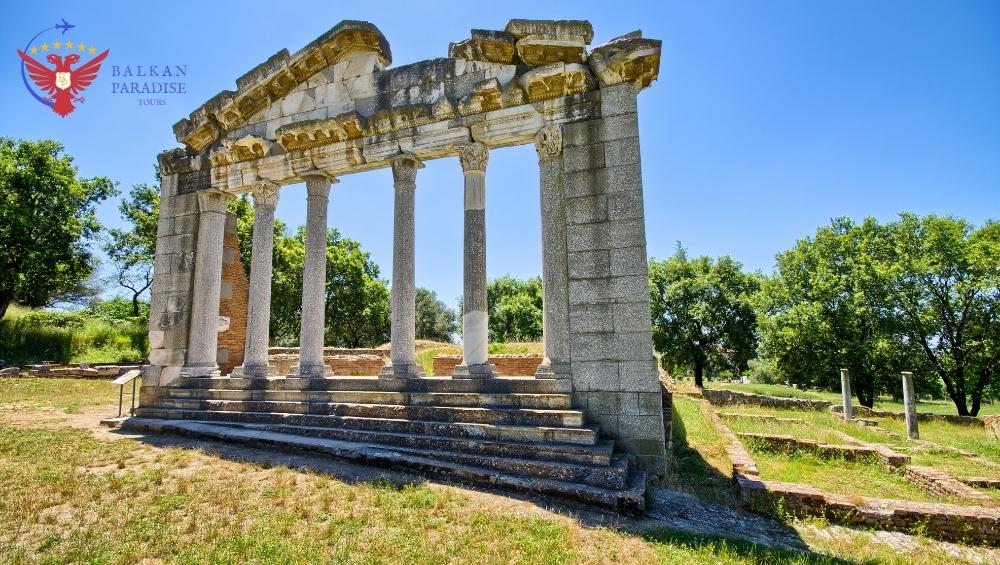
The ancient city of Apollonia lies in the southwest of Albania, approximately 13 miles from the city of Fier. The fascinating landscape of the archaeological park, consists of a successful combination between the beauty of monuments and nature, appealing throughout its long history, in an atmosphere of relaxation and meditation. It was founded during the first half of the 6th century BC by Greek colonist from Corfu and Corinth, led by Gylax, which named the city after his name (Gylakeia). After its quick establishment the city changed its name to Apollonia, according to the powerful divinity Apollo. It stands on a hilly plateau from where expands the fertile plain of Musacchia to the Adriatic Sea and the hills of Mallakastra. The ruins of Apollonia are discovered in the beginning of the 19th century.
This archaeological park or site contain also a Museum of Archaeology that is situated at the old Monastery of Saint Mary.
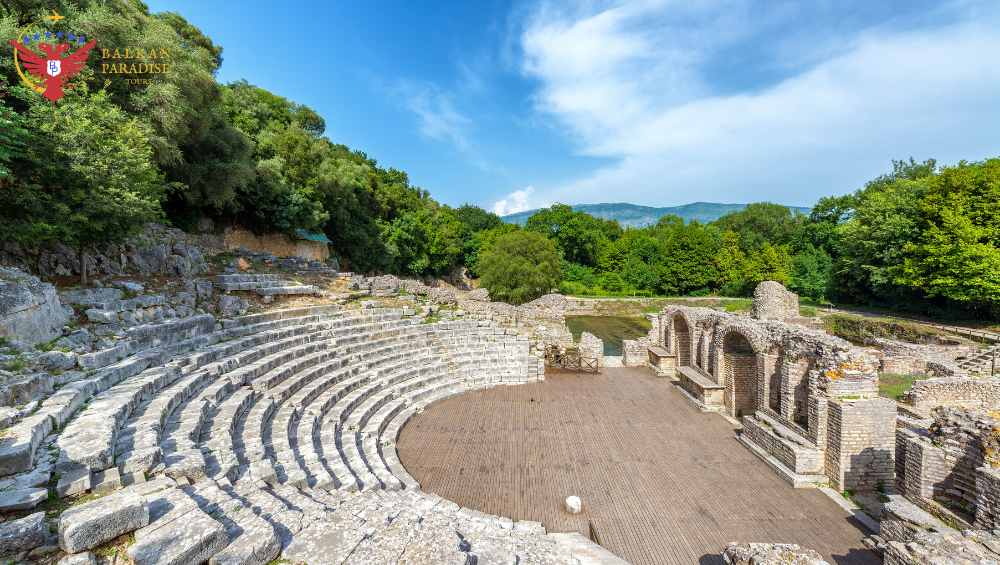
14 km south Saranda, this UNESCO site is an opportunity that you can’t pass up.
It’s the largest collection of ancient ruins in Albania at a location that has been occupied since the Stone Age. The ruins date back as far as 800BC when Butrint was settled by the Chaonians who occupied the coastal regions around western Greece and Albania. What remains are some excellent ruins, including an early-Christian basilica, a Roman theatre, a Roman temple and a Greek central square or agora with columns.